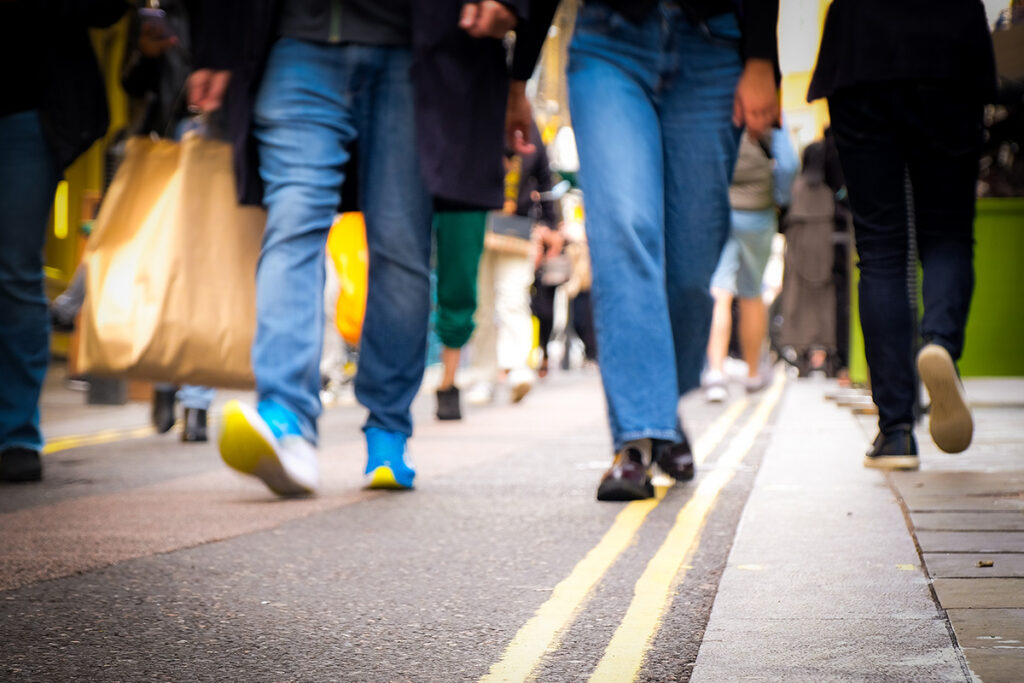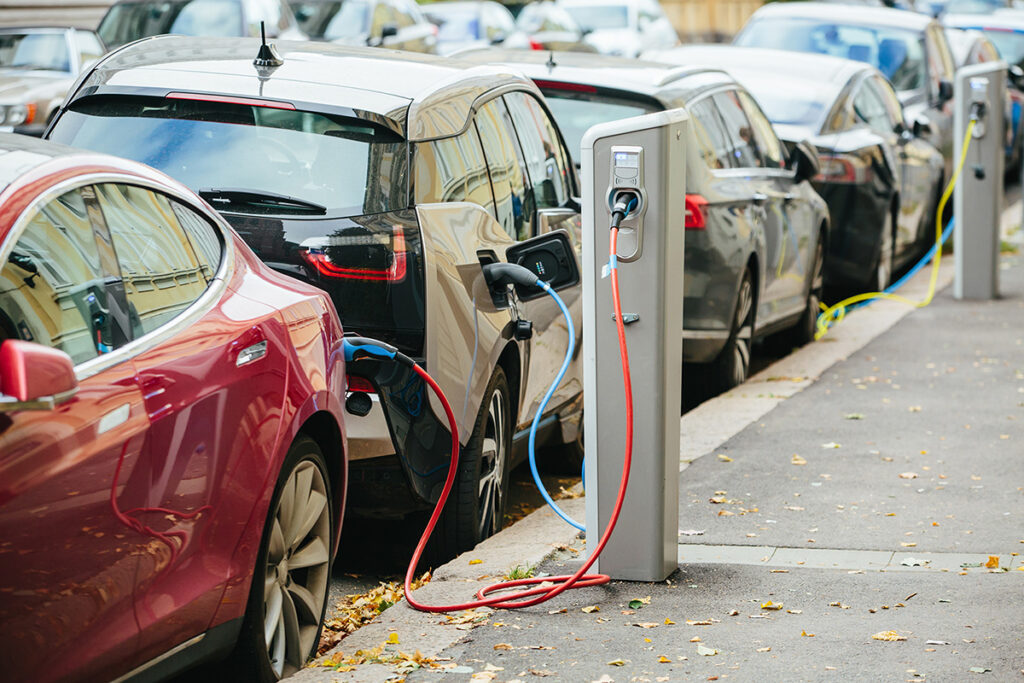Placemaking has become an increasingly important part of cultivating economic competitiveness, public health, and community identity for American cities. As communities adapt to changing behaviors and trends like the rise of e-commerce and remote work that affect demand for physical retail and office space, placemaking will continue to be essential. By intentionally shaping the built environment to promote social interaction, cities can create vibrant public spaces in which residents want to live, work, and play. This people-centered approach has had far-reaching impacts on urban planning practices. Form-based codes, transit-oriented development, and other design techniques reflect a desire to increase the opportunities for interaction between residents and their local businesses, parks, and social gathering places.
Globally, this focus on placemaking was intensified by COVID-19 public health restrictions on gathering. With people needing safe options for outdoor recreation and social interaction, local officials in many communities closed select city streets to traffic. These “open streets” programs achieved their short-term goals of easing the strain of pandemic lockdowns and had long-term effects on how cities approach the relationship between a community and its streets. Such programs attracted renewed interest in typically car-dominated urban areas through actions like expanding outdoor dining space and increasing opportunities for cycling and walking. Because of their myriad benefits, many cities across the United States have decided to keep open streets policies in effect well after shelter-in-place orders have ended.
Open streets can help foster a more vibrant downtown culture by attracting commuters outside of traditional business hours—an especially important feature given the continued rise in hybrid and remote work models. In Houston, the “More Space: Main Street” program began in 2020 to attract pedestrians to local businesses and allow for safe outdoor dining on Main Street during the pandemic. In the nearly four years since its creation, “More Space: Main Street” has become a permanent feature, allowing businesses along seven blocks of the street to maintain their pedestrian-oriented outdoor seating indefinitely. The program, which is set to become a model for similar programs across Houston in the future, has enjoyed support from local business owners who credit it with bringing renewed vibrancy to downtown, no small feat in a car-dominated city like Houston.
Open streets policies can also increase transportation equity. A more people-centric transportation system helps improve access for those with limited mobility who rely on transit, walking, or biking to get around. Seattle’s “Healthy Streets” program began early in the pandemic, closing select city streets to through traffic while adding traffic calming measures like pedestrian-friendly crossings and signage to encourage outdoor activity. In the years since its establishment, Seattle has relied on community feedback to inform the program’s expansion, with the latest additions of permanent “Healthy Streets” locations coming as recently as December 2023. This continued effort to make Seattle’s streets more pedestrian-oriented is especially beneficial to elderly or disabled residents and those residents without access to a car. Improved pedestrian safety and connectivity provides city residents greater access to local jobs, schools, parks, and businesses.
While Seattle and Houston have spun their COVID-era street closures into permanent, full-time programs, other cities have successfully retained street closure programs on a part-time basis. In Ann Arbor, Michigan, a portion of downtown is blocked off every week from Thursday afternoon through Monday morning, encouraging weekend foot traffic. This increases opportunities for downtown festivals and music events that nurture a distinct city identity. Downtown street closures also capitalize on Ann Arbor’s status as a university town, providing entertainment and recreation options for a large student population as well as visitors. New York City similarly employs “Limited Local Access,” an open streets policy that closes certain streets to vehicular traffic during specified hours. During the day, these car-free spaces serve as after-school play areas for children and safe havens for cyclists and pedestrians. In contrast, the open streets policies of Asheville, North Carolina, are focused on the creation of outdoor dining rather than street closures. Asheville has transitioned its temporary COVID-19 initiative, “AVL Shares Space,” into an outdoor dining ordinance that formalizes the transformation of on-street parking into parklets and “streeteries,” attracting residents to local restaurants and businesses.
Although there is no one-size-fits-all approach, this array of policies demonstrates that high-quality placemaking can have a significant impact on a city’s economic competitiveness, public health, and cultural identity. Open streets represent an easy-to-implement placemaking tool that can be tailored to a city’s strengths and community needs. They invite a high level of stakeholder participation in the planning process and are adaptable to shifting community desires. While many existing policies were created to limit the spread of COVID-19, open street policies remain an excellent tool for placemaking amidst changing patterns in how we engage with physical space. By allowing people to enjoy outdoor spaces free from the barriers of a car-centric transportation system, pedestrian-focused urban design tools like open streets represent an achievable way for communities to create gathering places with a distinct identity and sense of place.



